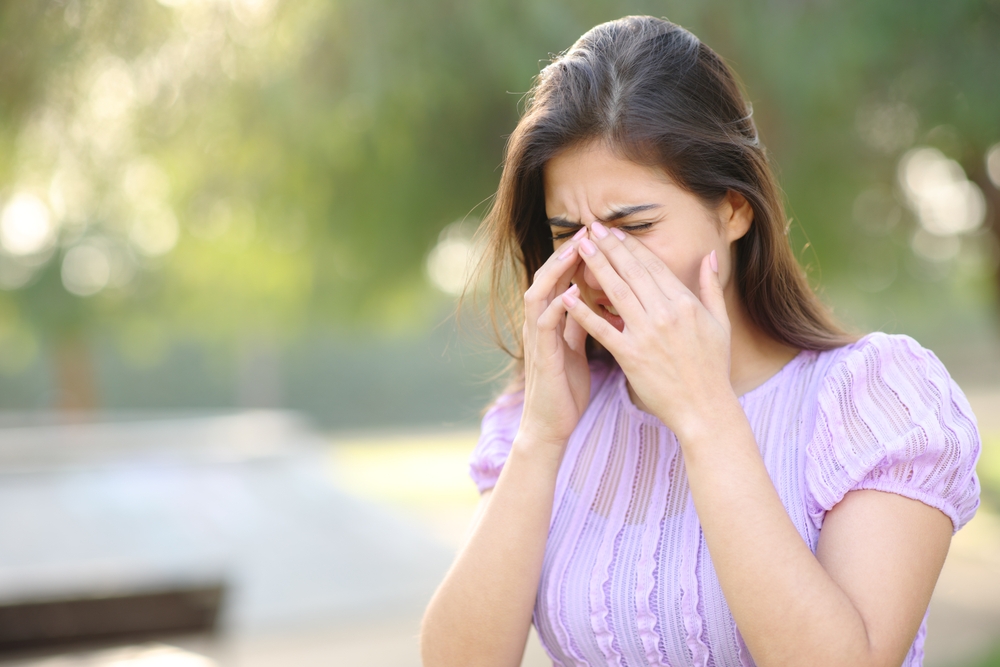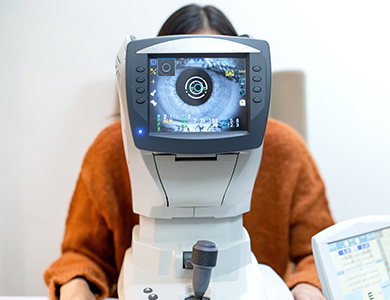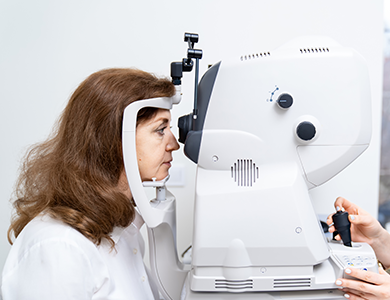
Here in West Siloam Springs, our changing seasons, from hot and humid summers to cold and windy winters, can take a toll on eye comfort. Add in the area’s seasonal pollen and other allergens, and many residents experience dryness, irritation, and redness throughout the year. Understanding how our local weather and allergens affect your eyes is the first step toward lasting relief.
What Is Dry Eye?
Dry eye is a common condition that occurs when your eyes don’t produce enough tears or when the quality of your tears is poor. Tears are essential for keeping your eyes lubricated, comfortable, and healthy. When the tear film becomes unstable, your eyes can feel dry, gritty, and irritated - a problem that can worsen due to changes in weather and seasonal allergies.
How the Environment and Allergies Can Trigger Dry Eye
Certain environmental conditions can make dry eye symptoms more likely or more severe. Windy or dry air can be especially irritating, as strong winds and low humidity cause your tears to evaporate too quickly, leaving your eyes feeling dry and uncomfortable.
Cold weather can also play a role. During the winter months, indoor heating reduces humidity, which dries out the air and, in turn, your eyes. On the opposite end of the spectrum, prolonged sun and heat exposure during hot weather can contribute to tear evaporation and discomfort.
Seasonal allergies are another major culprit. When pollen, dust, or mold spores irritate your eyes, your body produces histamines, triggering inflammation, redness, and itchiness. This allergic response can disrupt the tear film and make dry eye symptoms significantly worse.
Other Common Causes of Dry Eye
While weather and allergies play a big role, they’re not the only causes. Other factors include:
Age-related changes in tear production
Long hours of screen use, which reduce blinking
Certain medications, such as antihistamines and antidepressants
Hormonal changes, especially in women
Meibomian gland dysfunction, which affects the quality of the oily layer in your tears and can lead to faster tear evaporation
Medical conditions like diabetes, thyroid disorders, or autoimmune diseases
What You Can Do to Relieve Your Symptoms
There are steps you can take to protect your eyes from environmental triggers and improve comfort:
Use a humidifier indoors to restore moisture to the air
Wear wraparound sunglasses outdoors to protect against wind and allergens
Take regular screen breaks to encourage blinking
Stay hydrated and maintain a balanced diet rich in omega-3 fatty acids
Use preservative-free artificial tears as recommended by your eye doctor
When to See Your Doctor
While occasional dryness may improve with lifestyle changes, it’s important to schedule an eye exam if you experience persistent dryness, burning, or stinging. Excessive tearing, blurred vision that comes and goes, or redness and sensitivity to light are also signs that professional evaluation is needed.
Our optometrist can help uncover underlying causes, such as meibomian gland dysfunction or ocular surface disease, that may be contributing to your symptoms. With this information, we can create a personalized treatment plan that may include prescription eye drops, in-office treatments, or targeted allergy management strategies.
Find Relief from Dry Eye at My Family Eye Care
Dry eye can be frustrating, but understanding how weather and allergies affect your eyes is the first step to managing it effectively. With the right combination of prevention, lifestyle adjustments, and professional care, you can enjoy clearer, more comfortable vision year-round.
Don’t let dry, irritated eyes affect your daily life. At My Family Eye Care, we can identify the root cause of your symptoms and provide dry eye treatments tailored to your needs. Visit our office in West Siloam Springs, Oklahoma, or call (918) 422-5811 to book an appointment today.






